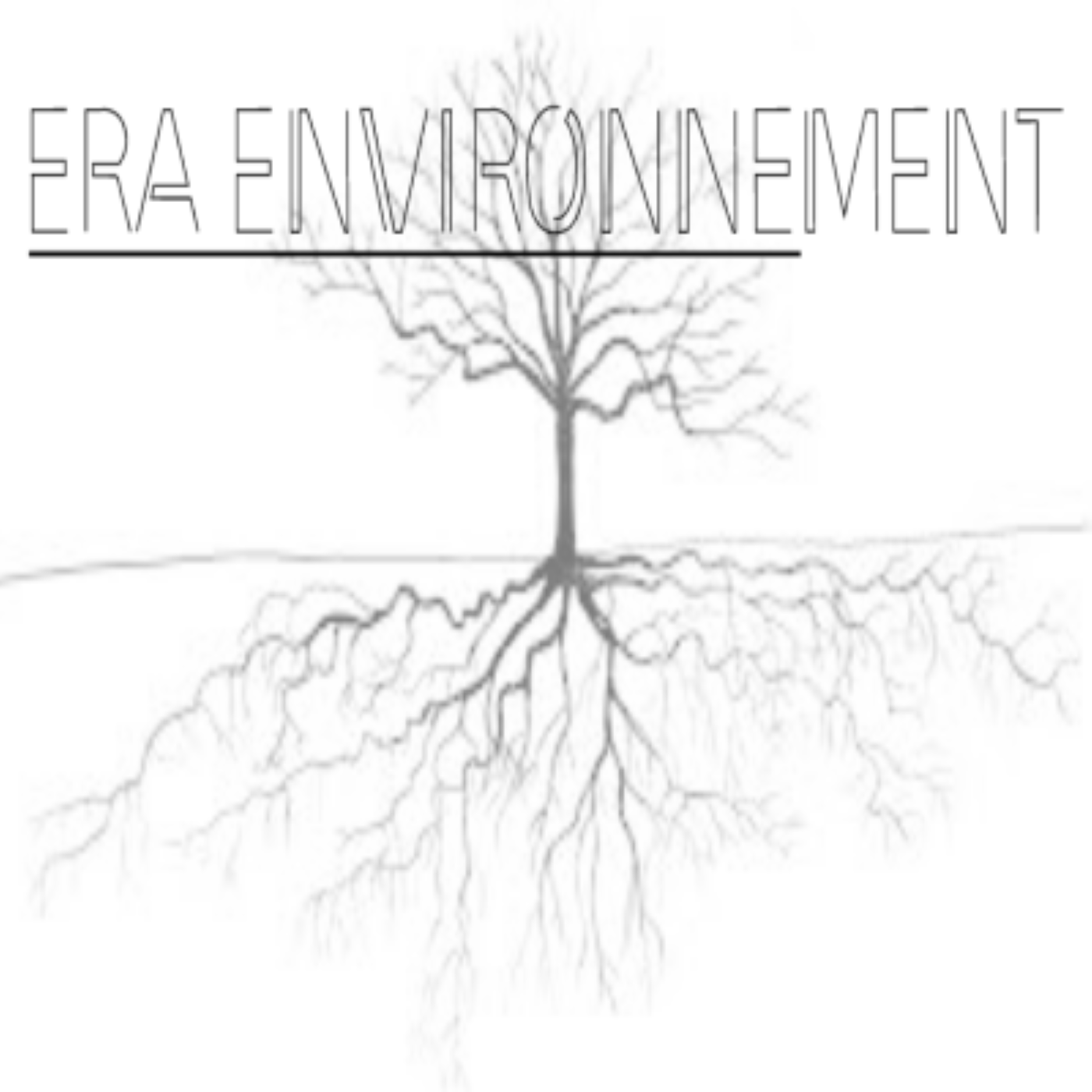COP 22 : Spirit of Paris and Action
The Bonn UN Climate Change Conference , held from May 16th to May 26th included three technical bodies and the first meeting of the Ad Hoc Working Group on the Paris Agreement (AP 1). Analysis.
“Countries with different levels of development and from different regions and often differing views on many issues, found a common vision in Paris. That work and that vision has continued, and continued positively here in Bonn, as countries look towards the next major milestone event in Marrakesh in November,” said Segolene Royal, President of the COP21 United Nations Climate Change Conference and French Minister of the Environment, Energy and the Sea, last week during the UN Conference on Climate Change.
The UN Climate Change Conference held in Bonn, in the United Nations Framework Convention on Climate Change (UNFCCC) headquaters, from May 16th to May 26th . The Bonn meeting launched a sharing of views on mitigation and adaptation actions by developing countries in order to further strengthen and focus climate action. One of its climate action was the workshop on gender which underlined the central role of women in raising national and community to response to climate change, through finance, capacity building and actions. The meeting also showcased wider societal action towards faster, pre-2020 ambition including a capacity-building event and an exchange of best practices in building public awareness and access to environmental information under the Action for Climate Empowerment (ACE) initiative.The Bonn meeting, included the first meeting of the Ad Hoc Working Group on the Paris Agreement (APA 1) and three technical bodies : the 44th sessions of the Subsidiary Body for Implementation (SBI 44), the Subsidiary Body for Scientific and Technological Advice (SBSTA 44).
What is the meaning of APA ?
The Ad Hoc Working Group on the Paris Agreement (APA) is a new body constituted in Paris during the UN Climate Change Conference. Its first plenary session was held two weeks ago in Bonn. Ad Hoc Working Group on the Paris Agreement elected in Bonn its new presidency : Sarah Baashan from Saudi Arabia and Jo Tyndall from New Zealand. APA replaced the Ad hoc Working Group on Durban Platform for Enhanced Action (ADP). The ADP had the mandate to adopt a new climate agreement in Paris in December 2015.
The APA’s mandate are many : prepare the next UN Climate Change Conference in Marrakesh, elaborate on modalities and make critical arrangements on global stock take which will take place in 2018, provide guidelines for Nationally Determined Contributions (NDCs) in the Paris Agreement, take the work programme of the Paris Agreement forward, make elaborate rules for transparency of action, mitigation and adaptation efforts, chalk out modalities for submitting national communications by the Parties, provide rules to promote compliance with the Paris Agreement, and bring the Paris Agreement into force.
What is SBI 44 ?
In Bonn, the 44th sessions of the Subsidiary Body for Implementation (SBI 44)*concluded its work by emphasizing the role of mechanisms under the Kyoto Protocol. Adopted in Japan in 1997 with the aim to reduce the Greenhouse Gas emissions to an average of five percent , the Kyoto Protocol provides financial mechanisms such as the the Adaptation Fund (AF) and the Clean Development Mechanism (CDM) . The Adaptation Fund is an international funding under the Kyoto Protocol. It was established in 2001 to finance concrete adaptation projects and programmes in developing country which are vulnerable to climate change. The United Framework Convention on Climate Change defines the Adaptation Fund as a tool with a share of proceeds from the clean development mechanism (CDM) project activities and other sources of funding. The share of proceeds amounts to 2% of certified emission reductions (CERs) issued for a CDM project activity. A Clean development mechanism project activity might involve, for example, a rural electrification project using solar panels or the installation of more energy-efficient boilers, underlines the UNFCCC website.
According to the secretariat of the UNFCCC, the Clean Development Mechanism (CDM), defined in Article 12 of the Protocol, allows a country with an emission-reduction or emission-limitation commitment under the Kyoto Protocol to implement an emission-reduction project in developing countries. Such projects can earn saleable certified emission reduction (CER) credits, each equivalent to one tonne of CO2, which can be counted towards meeting Kyoto targets.
But the Clean Development Mechanism and the Adaptation Fund have failed to address projects in developing countries, especially in african countries, according to experts. The 44 session Subsidiary Body for Implementation in Bonn was an opportunity for countries, especially developing countries to address their concerns on capacity building, gender, national adaptations plans. The session started to work on the process of the public registry for nationnally determined contributions* and on the technology frameworks. It also worked on the modalites for Article 6 of the Paris Agreement. Indeed, this article explains how Parties will work in cooperative approaches. « Parties shall engage on a voluntary basis in cooperative approaches that involve the use of internationaly transferred mitigation outcome towards nationally determined countributions, promote sustainable development, and ensure environmental integrity and transparency, including in governance[…]. »
What is the aim of SBSTA?
The UNFCCC website describes the Subsidiary Body for Scientific and Technological ( SBSTA) as one of the two permanent subsidiary bodies to the Convention established by the Conference of the Parties (COP) and the meeting of the Parties to the Kyoto Protocol (CMP) . The Subsidiary Body for Scientific and Technological Advice was established under Article 10, paragraph 4, of the Paris Agreement. « A technology framework is hereby established to provide overarching guidance to the work of the Technology Mechanism in promoting and facilitating enhanced action on technology development and transfer in order to support the implementation of this Agreement, in pursuit of the long term vision referred to in paragraph 1 of this Article ( realizing technology development and transfer for climate resilience ). The SBSTA supports the work of two entities: Technology Executive Committee(TEC) and the Climate Technology Centre and Network (CTCN). Key areas of work for the the Subsidiary Body for Scientific and Technological are the Climate Impacts and vulnerability, the adaptation to climate change, the reduction of emissions from deforestation and forest degradation in developing countries.
What is the understanding from the African Civil Society ?
For Mithika Mwenda, the secretary general of Pan-African Climate Justice Alliance (PACJA), there is a long way to obtain finance for the transfer of technology from developed countries to developing countries . He raised this issue after an accounting finance SBSTA informal meeting in Bonn. There will be in Marrakesh a submissions of divergent Parties views on this issue. In Morocco, there will be another workshop on the next Subsidiary Body for Scientific and Technological Advice on this issue.
How Science is supporting the Paris Agreement ?
The Paris Agreement’s central aim is to limit an average global temperature rise to well below 2 degrees Celsius with a preference for holding this to a safer 1.5 degrees above pre-industrial temperatures. During two weeks in Bonn, countries followed up with in-depth discussions on the role of science in the implementation process. The Inter-governmental Panel on Climate Change (IPCC) agreed to include the 1.5C temperature target in the next overall assessment report on climate science. Further, the IPCC will issue the report to match the timing of the 2018 stocktaking on collective progress towards the goals of the Paris Agreement, underlined the Secretariat.
What is next ?
Over the next few month, Morocco presidency is expected to conduct various consultations in the preparation of the COP 22 leadership. The incoming President, Minister of Foreign Affairs Salaheddine Mezzouar calls for an action Conference to the Parties in Marrakesh.
“ We count on the support of all the parties to COP22 to translate our solidarity and hope into action for our future generations and the planet. And we are convinced that the success of COP22 will be based on the active contribution of each and every one of us,” he said.
Ms Hakima El Haite, the Morocco’s Delegate Minister in Charge of the Environment has been appointed as a Champion for Global Climate Action Agenda. She was formely introduced in Bonn with France’s Lead Negotiator of the Paris Agreement, Ms Laurence Tubiana. The two champions will drive the action agenda by working on Africa and developing countries, as well as conducting meetings such as the Med-COP in July and the 1-2 September 2016, Multinationals of the South Summit in Rabat, Morocco.
To the UNFCCC Secretariat view, the the Bonn Conference shows positive signs of an entry into force of the Paris Agreement, as that there have now been no less than 177 signatories to the agreement. 17 countries have already deposited their instruments of ratification, which is the final step for a nation formally joining. The agreement will enter into force as soon as 55 countries representing at least 55% of global emissions deposit their instruments of ratification,” recalled the Secretariat.
Earlier, before the opening of the Bonn conference, the chairman of the Least Developed countries, the Congolese negotiator, Tosi Mpanu-Mpanu raised concerns and called for a « early entry into force of the Paris Agreement ».
« Building off current political momentum, the LDCs will continue to push for early entry into force of the Paris Agreement, so that the world can benefit as soon as possible from its implementation, he emphasized. »
With the tools and mechanisms for the implementation of the Paris Agreement, and Technical Experts meetings, Parties, according to the outcome of the Bonn Conference, are ready to boos t both adaptation to climate change, and emission reduction before 2020. They can do so with examples such as carbon pricing, advancing sustainable transportation solutions.
t both adaptation to climate change, and emission reduction before 2020. They can do so with examples such as carbon pricing, advancing sustainable transportation solutions.
New UNFCCC Executive Secretary : Former Mexican Foreign Minister Patricia Espinosa
The 44th sessions of the Subsidiary Body for Implementation (SBI 44) was the last meeting for the Costa Rican Christiana Figueres as UNFCCC Executive Secretary. On Thursday, 26 May, a special joint SBI/SBSTA/APA plenary was held to commemorate her service. Executive Secretary Figueres thanked parties, civil society and the Secretariat, and congratulated them for “capturing the winds of change” in Paris.
Another woman, from Latina America will replace Ms Figueres in July as an Executive Secretary of the UNFCCC : Ms. Patricia Espinosa. She is currently Mexico’s Ambassador to Germany. Ms. Espinosa has more than 30 years of experience at highest levels in international relations, specializing in climate change, global governance, sustainable development and protection of human rights. She previously served as Minister of Foreign Affairs of Mexico from 2006 to 2012.
By Houmi Ahamed-Mikidache
The SBI is one of the two permanent subsidiary bodies to the Convention established by the Conference of the Parties




